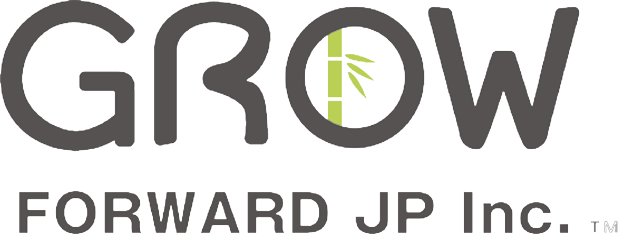One of the most important skills required for lead generation is the ability to differentiate between the good and the bad.
When it comes to nurturing the sales funnel, a lot of time is wasted chasing prospects that turn out to be futile.
The best lead generation process actively works to filter the good from the bad. When you identify a qualified lead, you can take the necessary steps to begin the conversion process.
The ability to determine whether a lead is worth pursuing is key to business growth and success.
Here’s a guide to spot the difference between high-quality leads and low-quality leads.
So, how do you tell the good ones from the bad?

Communication
Communication is the foundation of lead generation. Through communication, you gather information and begin to build a rapport with potential leads.
You can also start to assess a lead’s qualifications, whether you communicate via digital or traditional means.
Think of the lead generation process like a conversation. People who are engaged in a conversation show interest by asking questions, responding quickly, and participating. A lead who does not respond to or engage with your messaging and content is less likely to be interested or promising.
If it takes effort to communicate with the lead, you need to reassess your efforts. You may need to communicate in another way, or you may decide to move on.
Another factor to consider when assessing a potential lead is their ability to do business. In other words, will they be able to purchase your product or service realistically? This will vary depending on the type of business and lead, but it all comes down to financial power.

Budget
Oftentimes, bad leads will have unrealistic expectations about the budget. If they find your prices too expensive, the only way to convert them is to offer them deals or price cuts that will hurt your bottom line.
More importantly, these steps will undermine the value that you are marketing to potential customers.
If a lead cannot realistically buy your products or services, there’s very little you can do to accommodate them without doing harm. If you can’t be accommodating in these situations, it’s best to simply let them go.

Decision Making
The most important question to ask when assessing a lead is, “Who is in charge?”
To generate leads, you must first determine whether the person you are pursuing has the authority to make a purchase.
Bad leads are individuals with little to no power.
Ultimately, one of the first things you should assess is decision-making power.
Resist the urge to waste your time with someone with little authority if the lead has no chance of going anywhere.

Filter your Leads
The first step in distinguishing between good and bad leads is to filter and assess any information gathered ahead of time. Typical lead generation processes gather information from a number of sources, including general communication, online forms, and user account information from websites and social media platforms.
This generally results in specific demographic information such as name, occupation, industry, education, and so on. The majority of this information won’t be useful in the assessment process, but pay attention to anything related to your company’s industry and marketplace.
If a person works for a company in which you are interested in doing business, they may be worth pursuing. Similarly, if they have a job in the same industry or a specific expertise, they may also be a good candidate.
Bad leads will have little to no information that connects them with your business or industry. As you move forward, concentrate on personal information from communication to assess the lead.
One way to assess a lead is to grade them. Lead scoring is a form of assessment that considers at several different key areas to determine whether you have a promising leader. Points are assigned based on how well the potential lead meets each criteria.
The BANT method is an industry standard form of lead scoring. This method divides the potential lead into four important categories: budget, authority, need, and timeline.
Using this method, you will examine their stated budget, their purchasing authority, their specific need for your products or services, and the timeline.
The specific scoring is up to you to decide. You can use a simple scale like 1 to 10 or 1 to 5 to assess how each lead falls within each category. People with a realistic budget, the authority to do business, an expressed need that fits your offerings, and a timeline that works well with your business should score higher.
Pursue the leads with high scores to increase your chances of success for a potential sale.

Lead Nurturing
Finally, lead nurturing is the process of spending some time converting bad leads needs into potentially good ones. It is a process that requires a hard choice to make. When you have identified a bad lead, should you cut them loose or try to convert them with a little extra TLC?
It’s important to understand that lead nurturing is not always associated with traditional marketing. Instead of actively selling your products and services, lead nurturing is also about education.
Bad leads often have a lack of important information when expressing an interest in your business. This information is critical for both parties when deciding whether or not to purchase your goods and services.
This means you may have to both educate and persuade them in order to turn them into a potential sale. This should be done throughout all stages of your sales process. Content and communication are key.
Keep in mind that there’s a fine line between nurturing a lead and wasting your time. If you fail to see any improvement with the bad lead, don’t hesitate to reverse course and focus on more promising leads.

Making It All Work
The most important thing to keep in mind is that lead assessment is an ongoing process. Even if you have a large number of potential leads, it is essential to assess their quality.
The worst thing you can do is waste time with an unqualified lead who has no chance of being converted.
If you decide to nurture a potential but hesitant lead keep track of its progress over time. If you don’t see any progress while going through the stages of your sales process, don’t hesitate to cut them loose.
Focusing on good, qualified leads is the best way to achieve success.
Begin assessing and filtering as soon as possible in your lead generation process.
